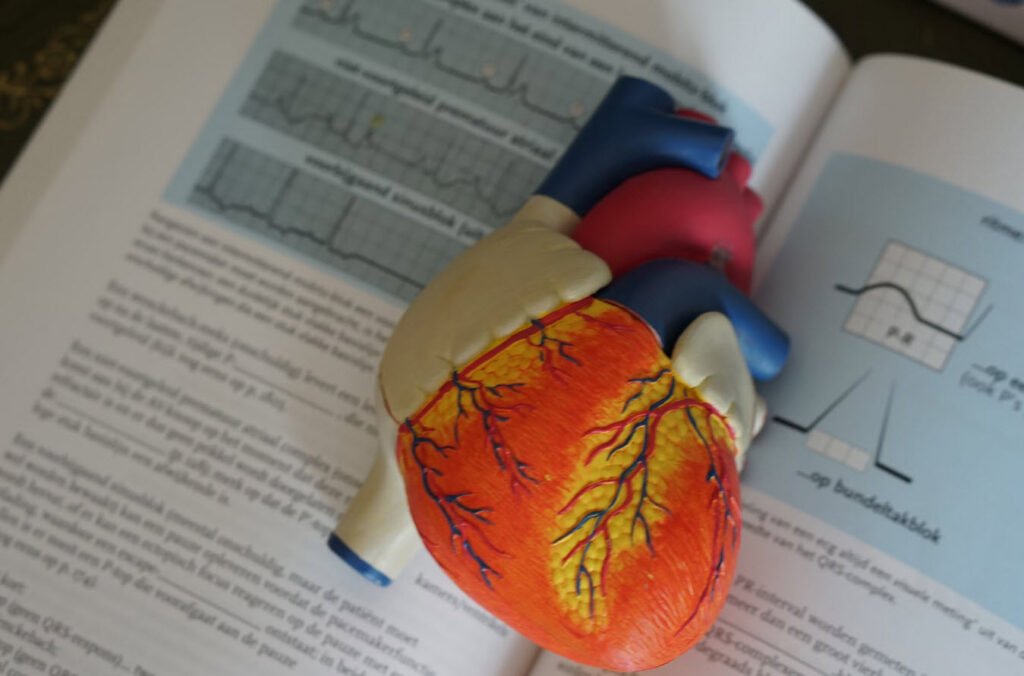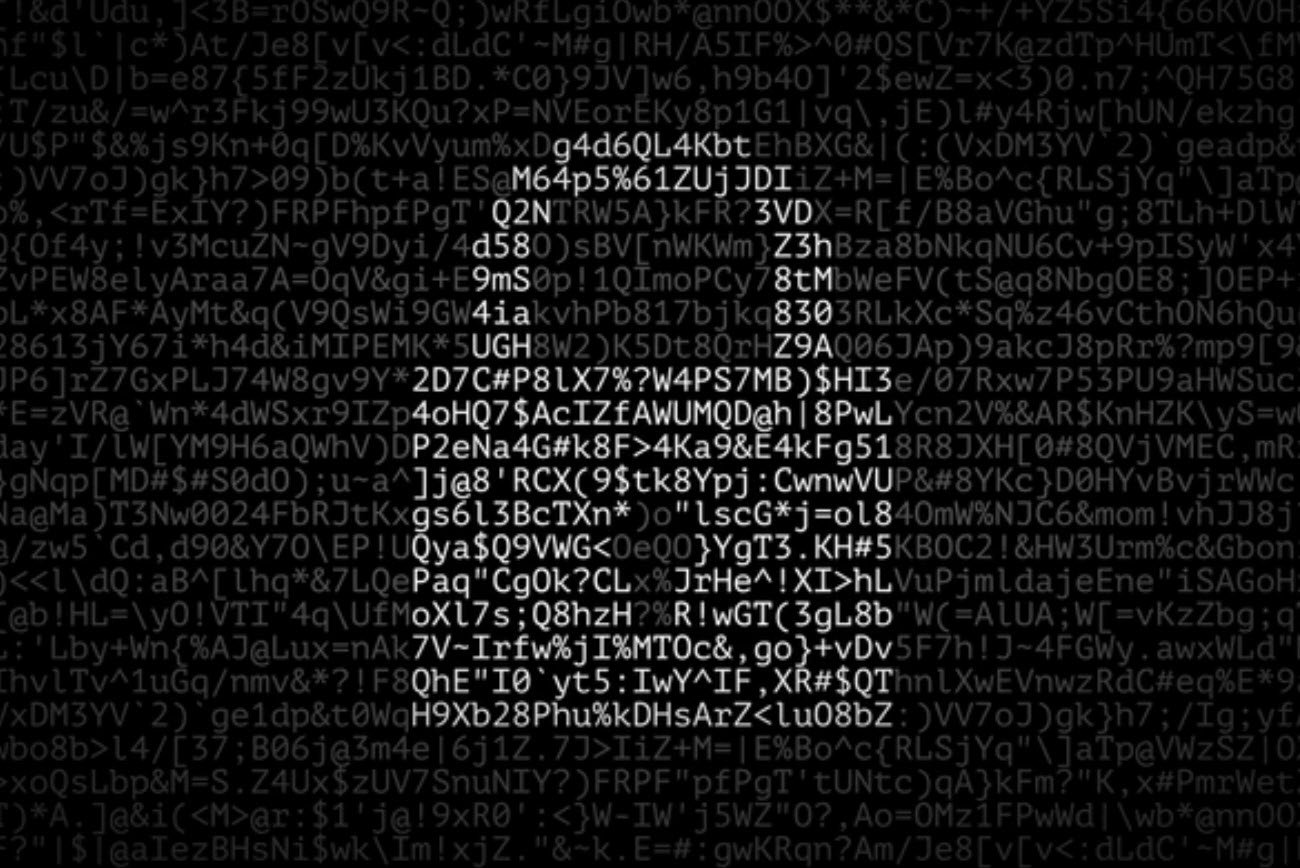
Nerve and muscle physiology focus on the functions and interactions of the nervous and muscular systems. Nerves transmit electrical signals, known as nerve impulses, to coordinate various bodily functions. Muscles, including skeletal, smooth, and cardiac muscles, contract to generate movement, maintain posture, and enable vital processes such as digestion and breathing.
Here is the list of questions related to Nerve and Muscle:
1. The water content of skeletal muscle is:
a. 20%
b. 40%
c. 60%
d. 75%
Correct Answer – (d)
2. The muscle haemoglobin is:
a. Oxyhaemoglobin
b. Carboxyheamoglobin
c. Myohaemoglobin
d. Sulphur-methyl-haemoglobin
Correct Answer – (c)
3. The lactic acid percentage in resting muscle is:
a. 0.02%
b. 0.08%
c. 0.10%
d. 0.2%
Correct Answer – (a)
4. The striation in smooth muscles is:
a. Longitudinal and transverse
b. Transverse
c. Longitudinal
d. All of the above
Correct Answer – (c)
5. The T system is pre-eminent and present at Z-line in:
a. Skeletal muscle
b. Smooth muscle
c. Cardiac muscle
d. All of the above
Correct Answer – (c)
6. The whole contraction period is absolute refractory in:
a. Smooth muscle
b. Skeletal muscle
c. Cardiac muscle
d. All of the above
Correct Answer – (c)
7. The maximum protein is present in the muscle type:
a. Skeletal
b. Cardiac
c. Smooth
d. Mixed type
Correct Answer – (a)
8. Tetanus is not possible in cardiac muscle due to:
a. Long refractory period
b. Prolong relaxation phase
c. Short refractory period
d. All of the above
Correct Answer – (a)
9. The muscle having highest blood supply is:
a. Skeletal muscle
b. Cardiac muscle
c. Smooth muscle
d. All of the above
Correct Answer – (b)
10. The minimum galvanic current when allowed to flow indefinitely will exit a tissue is:
a. Chronaxie
b. Barthomocity
c. Rheobase
d. Excitability
Correct Answer – (c)
11. The maximum conduction velocity in unmyelinated:
a. 10 mt/sec
b. 5 mt/sec
c. 1 mt/ sec
d. 4 mt/ sec
Correct Answer – (c)
12. As per Sunderland grading of injury interruption of endoneurial injury is:
a. Second degree injury
b. First degree injury
c. Fourth degree injury
d. Third degree injury
Correct Answer – (d)
13. The competitive blockers are:
a. Tubocurarine and gallamine
b. Suxamethonium
c. Dexamethonium
d. Salbutamol
Correct Answer – (a)
14. The disease associated with antibodies against calcium channel in nerve ending of neuro- muscular junction manifests as syndrome is:
a. Lambert-Eaton syndrome
b. Myasthenia gravis
c. Auto-immune thyroditis
d. Systemic lupus erythematosus
Correct Answer – (a)
15. Red muscle fibres are resistant to fatigue as:
a. They are large in size
b. They contain numerous nucleoli
c. They are highly vascular and have abundant rnitochondrion
d. They contain endoplasmic reticulum
Correct Answer – (c)
16. In isotonic muscle contraction the amount of energy expanded in doing work is:
a. Approximately 20%
b. Approximately 10%
c. Approximately 25%
d. Approximately 50%
Correct Answer – (c)
17. Voltage-gated channels are highly concentrated up to 2000-12000% at:
a. Node of Ranvier
c. Dendrites
b. Initial segment of axon
d. Soma
Correct Answer – (d)
18. The nerve growth factor involved in maintenance of cutaneous mechanoreceptors is:
a. Nerve growth factor
b. Neurotrophins 3, 4
c. Brain derived neurotrophic factor (BDNF)
d. None of the above
Correct Answer – (c)
19. When axon gets damage or cut the part distal to it degenerates and the process in known as:
a. Wallerian degeneration
b. Whipple’s degeneration
c. Watson’s degeneration
d. White and Lee degeneration
Correct Answer – (a)
20. Sliding filament theory was proposed by:
a. AF Huxley and HE Huxley
b. Watson and Bricks
c. Robertson Hooke
d. Sunderland
Correct Answer – (a)
21. Goldman-Hodgkin-Katz equation states that the membrane potential will be mainly influenced by:
a. Equilibrium potential for ion to which membrane is least permeable
b. Equilibrium potential for ion to which membrane is most permeable
c. Equilibrium potential for all ions to which they are partially permeable
d. All of the above
Correct Answer – (b)
22. The duration of action potential in cardiac muscle is:
a. 20-30 millisecond
b. 1-2 millisecond
c. 200-300 millisecond
d. 400-500 millisecond
Correct Answer – (c)
23. Resting membrane potential in neurons is:
a. – 70 m V
b. – 90 m V
c. +35 m V
d. + 10 m V
Correct Answer – (a)
24. Absolute refractory period is:
a. Period from the firing level is reached the time repolarization is 1/3rd complete
b. Period from the firing level is reached till time repolarization is half complete
c. Period from the firing level is reached till time repolarization is 2/3rd complete
d. None of the above
Correct Answer – (a)
You may also like:- Code/Decode – Practice Test Questions With Answers
- Common Interview Questions and How to Tackle Them
- Mastering 25 Common Job Interview Questions
- Biology MCQ Quiz Questions with Answers
- [Human Physiology] Gastro-Intestinal Tract – MCQ Questions with Answers
- [Human Physiology] Respiratory System – MCQ Questions with Answers
- [Human Physiology] Cardiovascular System – MCQ Questions with Answers
- [Human Physiology] Blood – MCQ Questions with Answers
- [Human Physiology] General Physiology – MCQ Questions with Answers
- Top 50 Biology One-liners Questions and Answers








